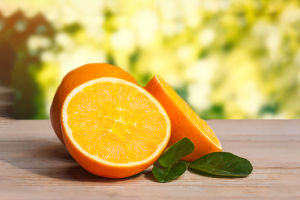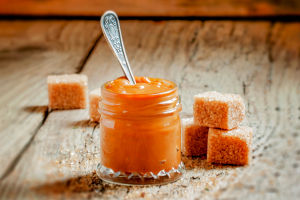Coconut, known as the "tree of life," is celebrated worldwide for its bountiful offerings.
It is not merely a staple fruit in tropical and subtropical regions but is also esteemed for its rich nutritional profile and versatile applications.
1. Young Coconut vs. King Coconut
The coconut we commonly use for drinking coconut water is conical-shaped, while the coconut we eat the flesh from is spherical. Are you aware of the distinctions between them?
The conical coconut, often termed the "young coconut," is uniformly shaped for easy display by merchants. It refers to tender coconuts that have not yet fully matured.
The juice of young coconuts is abundant and refreshing, providing a cooling respite during hot summers. However, the flesh of young coconuts remains tender and less sweet compared to that of mature coconuts.
As the young coconut matures, its green outer shell is shed, revealing a fibrous covering. This stage marks the transition to what is known as a "mature coconut" or simply an "old coconut."
Upon further maturation, the coconut's outer skin turns golden yellow. Once peeled, polished, and ground, it yields a shiny, coffee-colored fruit known as the "King Coconut."
While the juice of the King Coconut may not be as copious and refreshing as that of its younger counterpart, its flesh is notably sweeter and smoother, making it the pinnacle of coconut quality.
2. Coconut Shreds vs. Coconut Flakes
If you believe coconut shreds and coconut flakes are synonymous, it's time to dispel that misconception. Coconut shreds are natural products made by drying and grinding the flesh of the coconut directly.
These shreds can be sprinkled atop various snacks, such as coconut bread, and chilled cakes, or formed into coconut balls. The familiar white strands adorning Vietnamese sweets are coconut shreds.
On the other hand, coconut flakes are a processed blend of coconut shreds and coconut powder.
Initially, white, yellow coconut flakes are produced by incorporating ingredients like butter, eggs, and sugar into the white coconut flakes. Subsequent baking and processing steps transform them into cooked coconut flakes.
3. Additional Tips
Coconut powder is derived from freshly squeezed coconut milk, which is then converted into powder form through spray drying. Possessing a robust coconut aroma, it is ready for immediate consumption and also serves as a cooking ingredient.
The three indentations found on the base of coconuts are a result of their natural embryonic structure. Coconuts typically contain three embryos, with only one successfully germinating. The other two embryos degenerate, leaving behind three distinct holes—only one of which is soft enough for drilling, while the others are as resilient as the coconut shell.
Coconut oil, derived from coconut meat, appears as a white or light yellow fat. With coconut meat boasting an oil content ranging from 65% to 74%, coconut oil stands as the sole daily-use oil primarily composed of medium-chain fatty acids.
Easily digested and absorbed, it enhances metabolic efficiency and can serve as a replacement for other cooking oils. Furthermore, it finds use in skincare and serves as a foundational ingredient in cosmetics.


